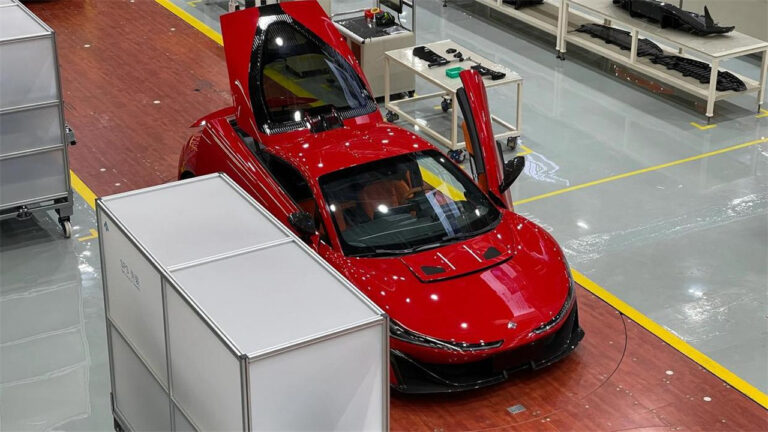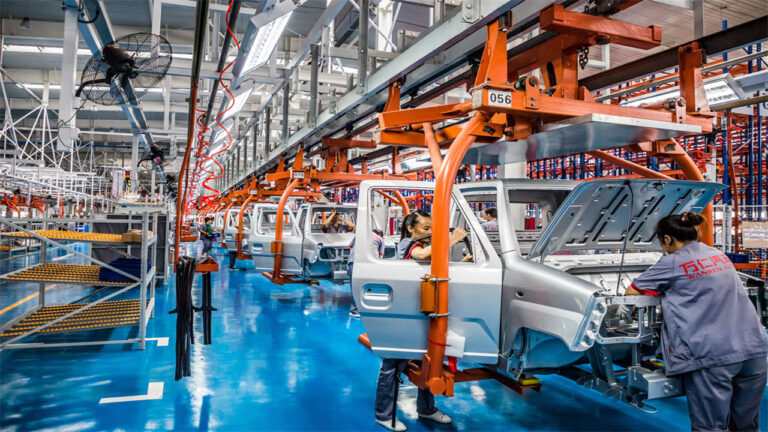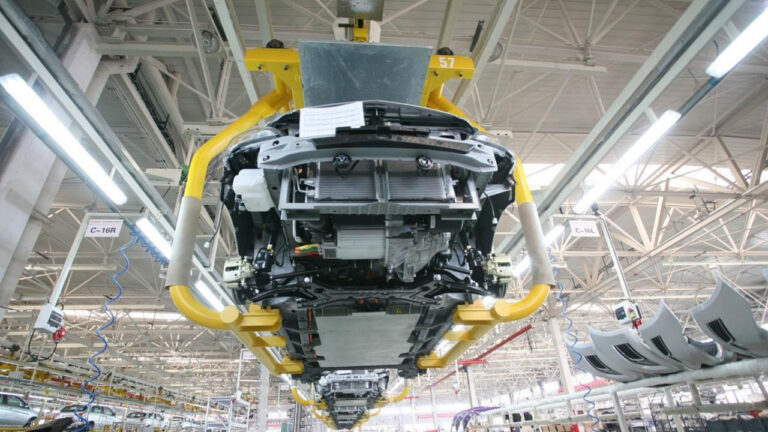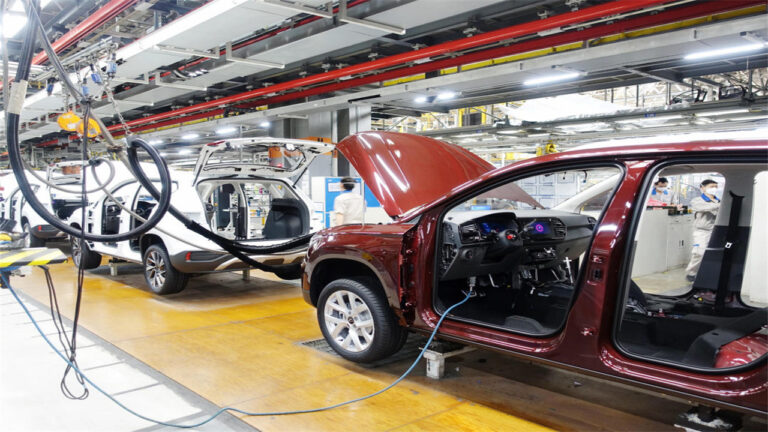Car Assembly Line:how to chose the suitable Car Assembly Line
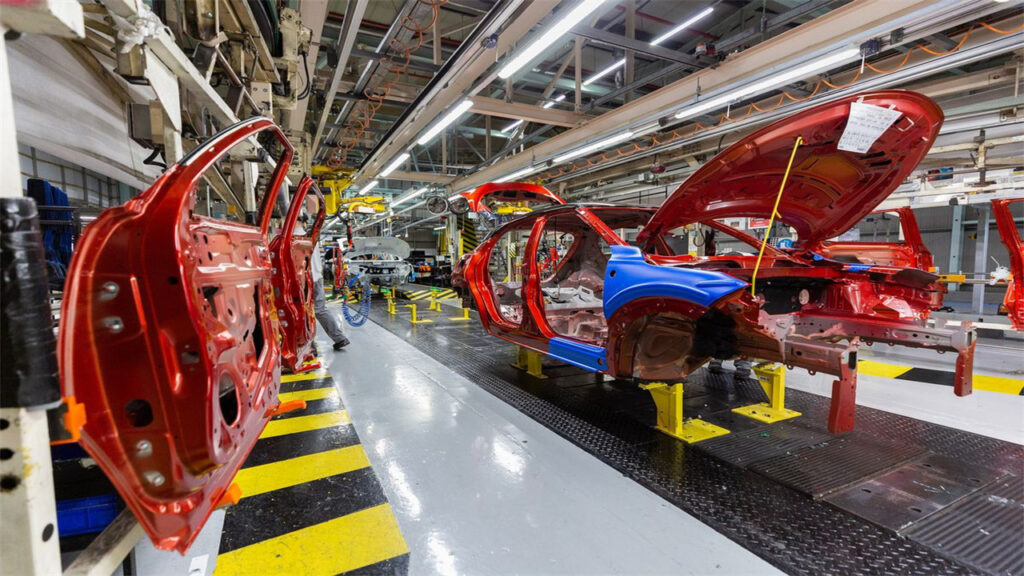
Choosing the Suitable Car Assembly Line involves considering several factors, including production efficiency, product quality, cost control, and technological trends. Here are some key points to help you select the appropriate automotive assembly line:
- Production Efficiency: The layout and design of the assembly line should ensure a high-efficiency production process. This includes rational workstation layout, smooth workflow, and efficient logistics systems.
- Product Quality: The assembly line should be equipped with necessary inspection and testing equipment to ensure product quality. This may include torque control equipment, leak detection equipment, and final line testing equipment.
- Cost Control: When selecting an assembly line, consider both the initial investment and operating costs. Automated equipment can improve efficiency and reduce labor costs but requires higher initial investment. There is a need to balance the level of automation with cost-effectiveness.
- Technological Trends: With technological advancements, the assembly line should have some flexibility to adapt to new technology applications. For example, modularization, automation, flexibility, humanization, and intelligent digitalization are trends in automotive assembly technology development.
- Equipment Selection: Choosing the right assembly equipment is crucial. This includes conveying equipment, major assembly online equipment, fluid filling equipment, final testing equipment, and special-purpose assembly equipment. Equipment should have high precision, adaptability, and automation capabilities.
- Assembly Tools: The choice of assembly tools is vital for ensuring smooth production and product quality. Tools should be selected based on the torque range, assembly characteristics, and special requirements.
- Environmental Protection and Energy Saving: Modern assembly line design should consider environmental protection and energy-saving requirements, using environmentally friendly materials and energy-saving equipment to reduce pollutant emissions.
- Data-Driven: Use data analysis to optimize production processes and improve the efficiency and quality of the assembly line. This may include real-time monitoring of various stages of the production line and using data analysis software to analyze bottlenecks and optimization spaces.
- Employee Training: Properly train operators to ensure they can skillfully operate assembly line equipment, improving production efficiency and product quality.
- Continuous Improvement: The design and management of the assembly line should be a continuous improvement process to adapt to market changes and enhance competitiveness.

Taking into account the above factors, you can choose the most suitable car assembly line based on specific production needs and budget.
